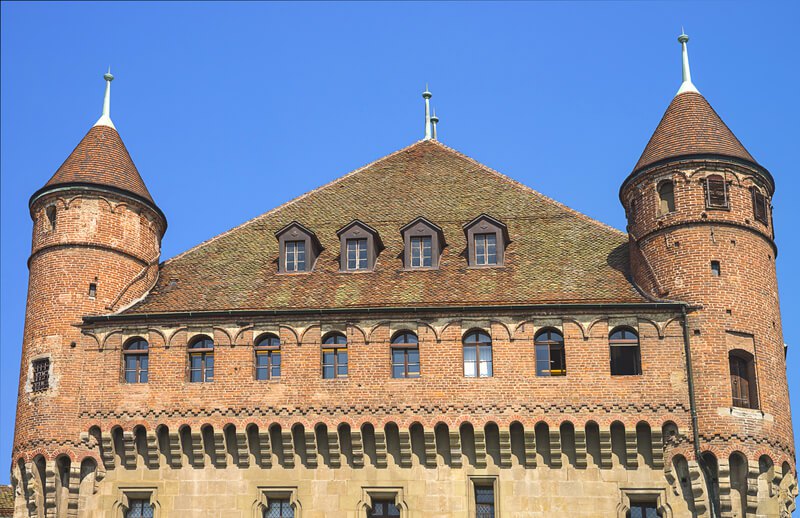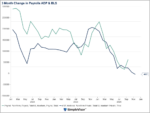Last week, Vaud’s government announced a plan for future tax cuts.
The residents of Vaud are among the highest taxed in Switzerland. In 2016, a single person in Lausanne earning CHF 100,000 paid CHF 16,050 in cantonal and communal tax on top of CHF 1,840 of federal tax. This was the fourth highest across all of Switzerland’s 26 cantonal capitals, and almost triple Zug, the lowest, where the figure was CHF 5,750 – see chart below.
Against this background, the news is likely to be well received by Vaud’s taxpayers.
The canton’s government has decided to make tax changes on top of those coming into effect on 1 January 2019.
On 21 March 2016, 87% of the canton’s voters accepted a plan, known as RIE III, to cut company taxes, despite voters rejecting a related federal initiative. RIE III comes into force on 1 January 2019.
The latest round of planned changes, decided by Vaud’s executive (Conseil d’Etat) last week, include cuts in personal tax rates and higher deductions for childcare and health insurance, along with higher spending on state employees and priority projects.
The cantonal tax rate, currently 154.5% of the base rate, will be reduced by 0.5 in 2020, 2021 and 2022. In addition, the maximum deduction for childcare will rise from CHF 7,100 to CHF 8,100, and the deduction for health insurance premiums will rise by CHF 800.
From 2020, state employees earning less than CHF 52,000 p.a. will have their salaries increased to this level. And, all fathers will be offered more paternity leave.
CHF 50 million will be invested in priority projects such as public transport, climate, biodiversity and digital education.
All of this is forecast to cost an additional CHF 146 million, a sum the government expects to cover with its regular revenue.
Full story here Are you the author? Previous post See more for Next postTags: Business & Economy,Editor's Choice,Lausanne,newslettersent,Personal finance







































